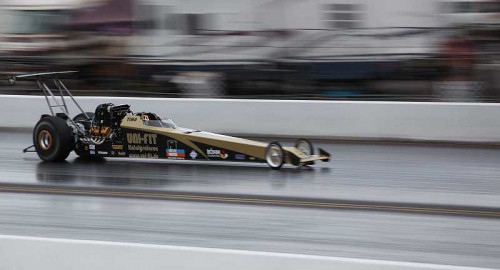In the point and click era we seem to have handed the ‘skilled bit’ to the camera. Electronics have taken over. The digital camera now does much of the work once done by the photographer!
Actually I don’t think that is true. The astonishing range of settings and controls can be bewildering. Learning to use them might seem a challenge. It is tempting for the photographer to just hand over control to the camera. How many photography starters never get off “auto”? Lots.
Here is a revelation. If you let your camera make the choices in difficult situations it will often fail you. Learning to control a digital camera is about mastering the use of the right feature the right way. Don’t leave it down to the manufacturers’ programming to do it for you.
Cameras are actually very powerful computers. The wizardry in the camera is run over a sophisticated set of computer chips. Press the button using an ‘auto’ function and you run a program written back at the camera factory.
Of course these are very special and highly specific programs. However, no-one can expect a single program to handle all the different types of shots you want to make. So, there is one general program – the catch-all, point-and-shoot shot. Then there are a range of pre-set programs for sports, dark/night, portrait, landscape and so on. Each of these runs a program which averages out the conditions for this type of shot. These programs, or pre-sets, take *typical* conditions and *typical* exposure settings and give you a photo that is ‘not bad’ for that situation. Your shot will probably be ‘damned with faint praise’. This is why. If you use these pre-sets you let a back-room computer programmer make a decision about how to take your shot. You hand over the creativity in your shot to an ‘averaging’ program. Forgive me – it’s not going to be your best shot. It is in fact someone else setting your camera up to take a shot they have not seen.
Every year I go to the annual ‘Main Event’ for drag racing at Santa Pod Raceway ![]() . A great event. It is the UK international leg of the drag racing circuit. Excellent fun for all the family, a unique experience and a photographic challenge. I look for great action shots, fast action panning shots, smoking tires, blurred crowds – the works. This year I wanted to work at the end of the track. After 5 to 8 seconds of a ‘super-charged’ burn over a quarter-mile the terminal velocity of drag cars is around 200 miles per hour. When the parachute snaps open to slow the car the photographer is taxed to the limit. Panning to keep up with the car as it shoots past takes a bit of practice, but it’s fun, creative, and very satisfying! More to the point… none of these shots would have come out how I wanted to them if I had used pre-set shots. I would have been condemned to trying to do workarounds and get poor results.
. A great event. It is the UK international leg of the drag racing circuit. Excellent fun for all the family, a unique experience and a photographic challenge. I look for great action shots, fast action panning shots, smoking tires, blurred crowds – the works. This year I wanted to work at the end of the track. After 5 to 8 seconds of a ‘super-charged’ burn over a quarter-mile the terminal velocity of drag cars is around 200 miles per hour. When the parachute snaps open to slow the car the photographer is taxed to the limit. Panning to keep up with the car as it shoots past takes a bit of practice, but it’s fun, creative, and very satisfying! More to the point… none of these shots would have come out how I wanted to them if I had used pre-set shots. I would have been condemned to trying to do workarounds and get poor results.
We had a great day and some excellent results came out of the shoot. I was successful because I used my camera in a way that suited the type of shots I was trying to get. The creativity of the day was in choosing the settings I needed to get the type of shots I wanted. I chose to work with fast action, to try and capture the essence of a car at 200 miles an hour. In this situation I was working with settings that were like this: Shutter – 1/60th second; Aperture – f5.6; ISO – 200. I was getting lovely shots, lovely background movement-blur and great satisfaction from the right outcome.
It is fun and satisfying to use your camera properly. In learning to control the camera you are taking creative control of your shots. Using the camera on manual is easy and fun. With a little effort you can ‘make’ your shots instead of letting your camera take snap-shots on your behalf. If you want to get past the average and mundane photograph you need to take control.
Have fast and fun action with your camera!
We would love to have your articles or tips posted on our site.
Find out more…
Write for Photokonnexion.



